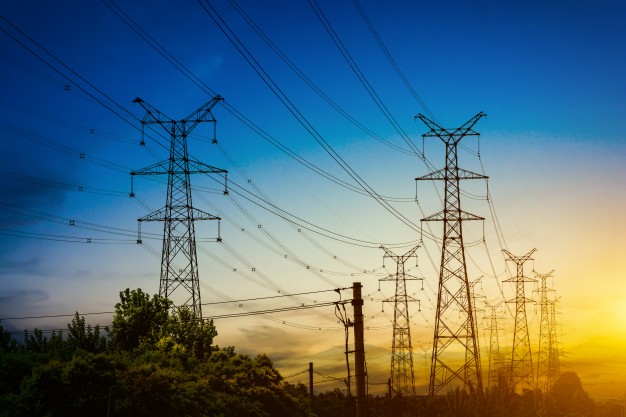Hits and Misses in Power Sector: A Throwback to the Last Decade
With an unparalleled
amplification in the wind and solar capacity in the last few years, today India
stands at the forefront of RE (renewable) power development. Moreover, as of
2018, we stand third when it comes to global electricity production. From generation,
to addition in the country’s overall transmission capacity and reforms in
distribution, the last decade has been very eventful. If we have a closer look
at the comprehensive performance of Indian power sector, it won’t be inaccurate
to call this a decade of mixed-bags. With each one of us already stepping
aboard on a journey of a new decade, let’s have a look at some of the hits
and misses for the Indian Power
Sector.
 |
| power sector |
The Hits:
1. The
success of UDAY: Launched in 2015 by
the Government of India, the Ujjwal DISCOM Assurance Yojna (UDAY) was announced
to resolve the prime challenges in power distribution. The aim was to lessen
the financial burden on state DISCOMs in a 2-step
phased manner (over 2016 – 2018). As per the latest progress report released
by the Government, the states of Rajasthan, Andhra Pradesh, Haryana,
Maharashtra and Gujarat have shown positive turnaround and encouraging results
under UDAY. Over a period of three years (2016 to 2018), the states have shown
improvement by reducing the AT&C losses from 20.74 % to 18.72%. Moreover,
the revenue deficit (ACS-ARR gap) has been narrowed by 42 paise per kWh to Re
0.17 per kWh in fiscal 2019. These numbers paint a promising picture.
2. Policies
and Regulations: The reform processes
for a series of continued improvements in the power supply scenario has been an
ongoing process. The Government and regulatory bodies pushed a series of
schemes like the Integrated Power Development Scheme (IPDS), Deen Dayal
Upadhyay Gram Jyoti Yojana (DDUGJY), Pradhan Mantri Sahaj Bijli Har Ghar Yojana
(SAUBHAGYA) with the sole aim of increasing the rate of electrification in the
country. It was a commendable achievement for the Government of India when
every village of India was declared electrified on 28th April 2019.
3. Growth in
India’s Renewable Capacity: The last
decade witnessed major growth in renewable energy capacity. India has set a
target of achieving renewable energy capacity of 175 GW by 2022 as part of its
Paris Agreement commitments. By the end of 2019, we had already established 83
GW of renewable energy, with an additional 29 GW of green
energy under installation. With this pace, the difficult target
seems achievable in the coming few years.
The Misses:
1. Few Misses
in the UDAY Scheme: Although
the UDAY scheme showed quiet a few successes, a detailed look at the
state-level analysis highlights few misses as well. At the end of the decade,
there were only 7 states that managed to be below the targeted level. For rest
of the states, the AT&C losses have shown a rise to 19.77%. As per the latest data by the power ministry,
14 states remain with a revenue gap higher than that of the national level.
2. Although the last decade saw a rapid growth in the
transmission sector, the financial health of state electricity utilities
continues to be the critical issue when it comes to the sector’s viability.
3. Higher
Solar Tariffs: With lots of efforts
towards strengthening the green energy portfolio
on India, the higher solar tariffs as compared to that of thermal power remain
to be an issue (as high as Rs 7 per unit). Due to this, many State Electricity
Boards have started to go for cheaper power from power exchanges. This has put
the country’s focus towards a sustainable energy source in jeopardy.


Comments
Post a Comment